3. TESTING THE CONCEPT
Guided by the first workshop and the preliminary concepts, Hellon designed the first prototypes of new kinds of flexible discussion tools, which were customizable based on different employee tasks and personal needs. After the initial design process, the centerpiece of the new model was the tool most liked by the managers; a “theme-bank” where you could pick your discussion themes from a pool of different ideas. This idea was then developed through visualization and gamification into a board game and theme cards.
The strongest guideline was that the same content isn’t suitable for all, and individual needs and wants must be taken into account. In the prototype based on the cards, the manger and the employee can together customize the subjects that need to be discussed, based on a selection of themes. The first version of the board game and the theme cards were shown to the managers and then refined based on their feedback, before the first round of testing in actual use. Hellon’s agile testing with users played a big role in the project as the prototypes were tested in actual development discussions at the start of the year 2016. During the agile piloting period, 11 managers tried the model and the accompanying tools in their development discussion with various employees. Many of these managers started immediately using the new model in all of their development discussions. To keep the amount of feedback manageable, 16 employees were also given the feedback form. The feedback from the mangers and the employees was both largely positive and very constructive. After, Hellon selected two managers and two employees for in-depth interviews. From the survey feedback, Hellon already had a good idea of what the remaining issues with the discussions model were, but the interviews were especially helpful in fleshing out some of the finer details e.g. how the documentation of the discussions process should be handled. Based on the feedback from the survey and the interviews, we refined the details of the development discussion model and made a clear roadmap so the client could continue the development of the model and better prepare for implementation.
3.OUTPUT
In the new development discussions model designed by Hellon, the interaction between the manager and the employee has turned into a key concept. The new process starts with preparatory questions and a separate “get to know your workmate” quiz which encourages the managers to really think about the employees and how they could best be served by the process. At an early stage, Hellon received important feedback that users first felt the tone of the quiz was negative, and some interpret it more as making a registry of employees, which was not the aim. With slightly different context and instructions, the quiz became more as was intended- a light-hearted way for the manager to think about the personalities of their employees. A not-so flashy, but well received little detail of the model was that the employees are asked to get feedback from their colleagues before the development discussions. One employee interviewed said that “It was really good that we had to get feedback and it was fair because everyone had to do it. Some even asked for multiple feedbacks from different people and really wished for constructive criticism. I think this’ll be part of building a new kind of culture of actually getting feedback on what you do!”.
The model built by Hellon had two main, slightly gamified components, the playing cards and the game board. The cards include the central questions of the development discussions process sorted into different themes. Each theme has multiple questions to bring out central issues relevant to the themes The number of different themes is quite high to give a wide variety of options, from possibilities like: last year, upcoming challenges, skills and capabilities, sharing knowledge, career, core functions, employee well-being, transformation of the workplace, tools and methods in use, leadership. The idea is to pick out 4-6 that are most relevant.
The entire model was designed so that emphasis is on future development, but also the past year is considered. In addition to giving a visualized timeline to the conversation, the model also works as a means of facilitation contain step-by-step instructions to follow when needed. Hellon designed the model so that it can be used either manually or digitally to conclude the content of the conversations.


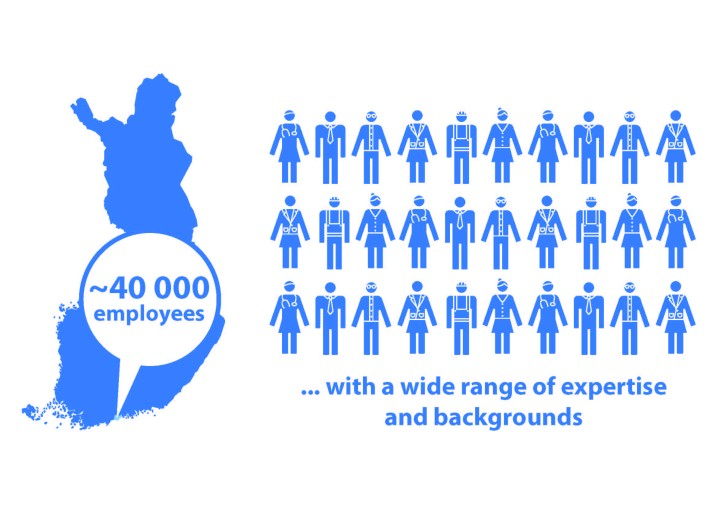
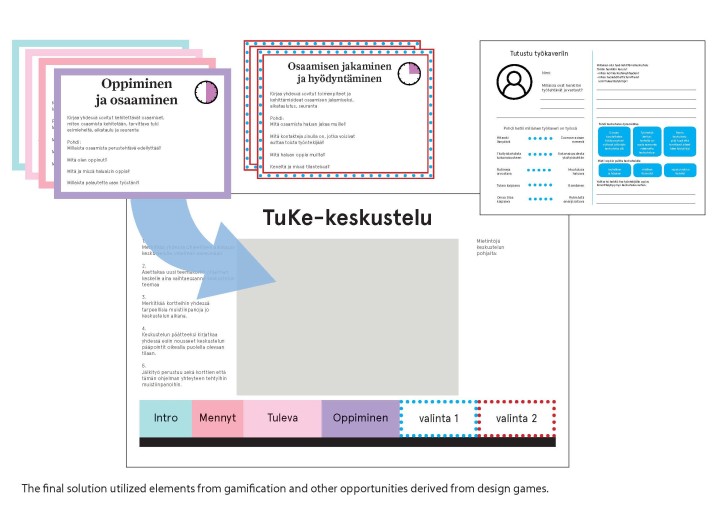
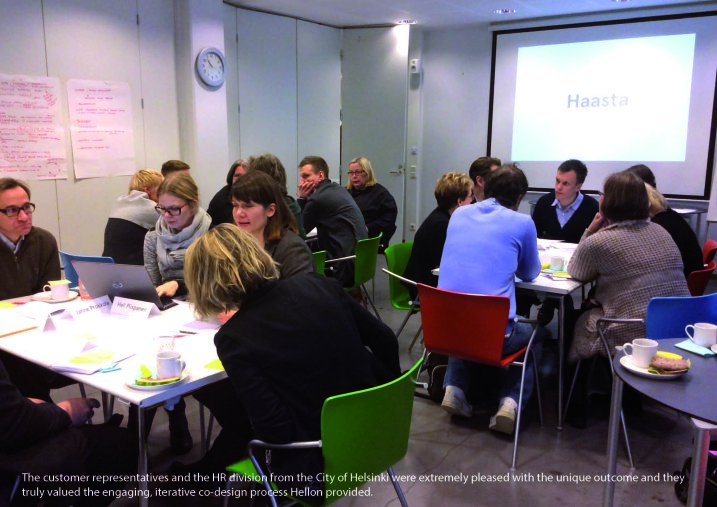
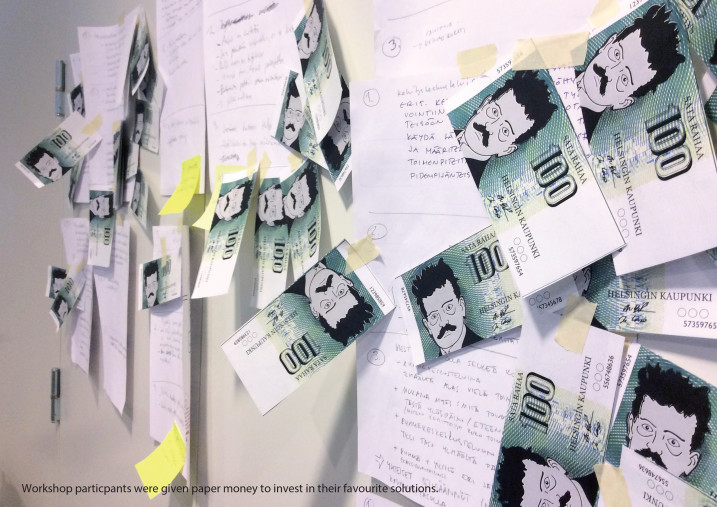

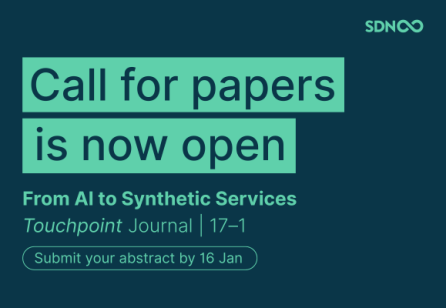



Share your thoughts
0 RepliesPlease login to comment